Published Jul 24, 2014
Star Trek And Newspapers, Part 3
Star Trek And Newspapers, Part 3
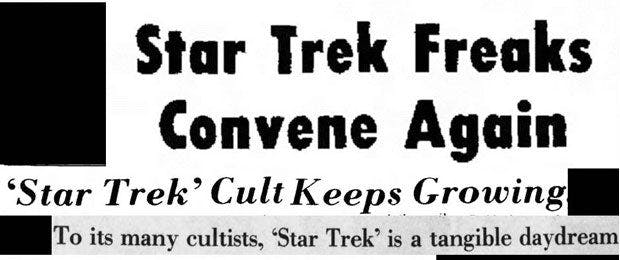
By all accounts, the 1969 cancellation of Star Trekshould have relegated the show to the same fate as any other program ended after only three years: syndication and the occasional wave of nostalgia (think the fate of Gilligan’s Island) -- and that is about all. This is of course not what occurred in Star Trek’s case, and that's mostly thanks to the fans who not only kept watching, but helped grow entirely new audiences for the show, and continue to do so. The 1970s was an era of what we call “Fanership,” when fans produced homemade products, created the phenomena of Trek conventions, wrote their own new stories, conducted research into the making of and history of the show, and refused to accept the idea that there would be no new adventures. Interestingly, newspapers had difficulty finding a way to cover this unusual and unprecedented phenomenon. Join us for the third part of our exploration of how newspapers covered the history of Star Trek from our research of more than 1000 articles from the past 50 years.
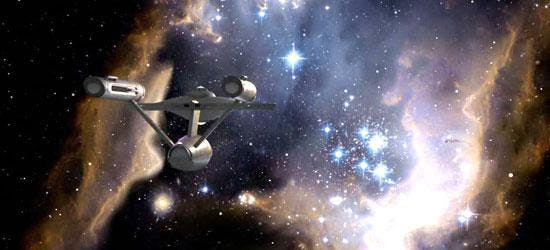
The first step in Star Trek’s return was almost immediate. By the autumn of 1969, a few months after cancellation, Star Trek began its syndicated run. An ad from a North Carolina local newspaper, ironically named the High Point Enterprise, from October 20, 1969, touts Star Trek’s impending syndication. Even more interesting is a 1970 ad appearing in The Fon du Lac Commonwealth Reporter. The ad talks about how local Channel 34 was correcting the mistake ABC (sic) made in cancelling Star Trek. Poor ABC! The ad should have said NBC, of course. With better and customized time slots, Star Trek begins almost immediately to start getting excellent ratings, and in some instances, beating regular network programming. One 1976 article revealed that Chicago’s WGN, which showed Star Trek, was nabbing 374,000 viewers for reruns of reruns!
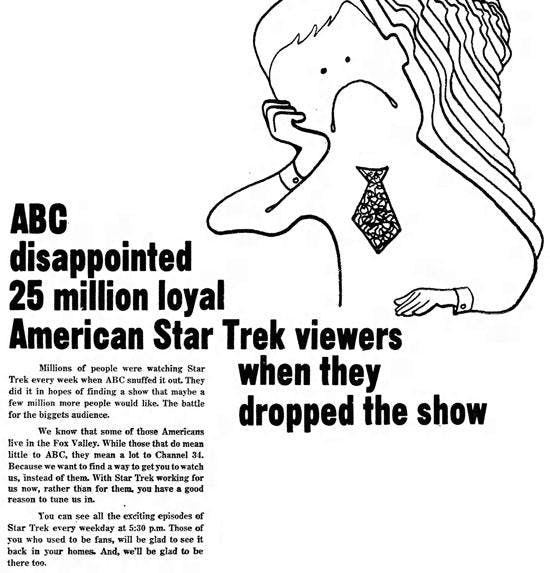
It appears looking at the newspaper articles of this area from a macroscopic perspective that there was some difficulty in finding a way to cover this revitalization of Star Trek. In trying to understand the burgeoning conventions and other fanership activities, some journalists latched on to the metaphor of passionate fans being akin to a cult. Some of the headlines were not kind.
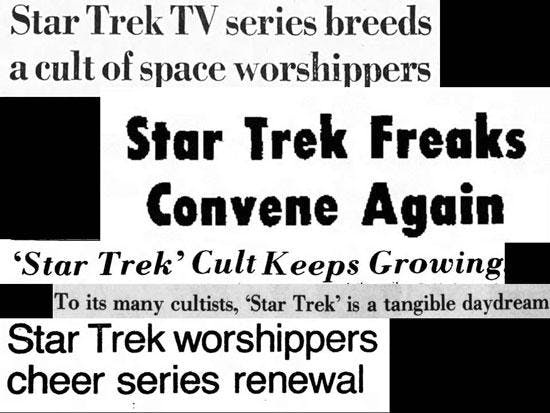
Not all articles about fans were negative -- some used the theme of “passionate” or “loyal” -- and even those that used the short-hand metaphor of “fans-as-being-like-a-cult” were not always deriding in actual content. Indeed, the heavy newspaper coverage and promotion of fanership activities played a role in convincing Paramount that Star Trek was not some kind of temporary fad.

There were articles about the Star Trek Welcommittee, for example, which before the Internet and discussion boards, before Facebook and Twitter, was a volunteer network where, through letters, fans communicated with each other and got their questions about Star Trek answered. Founded by fan-fiction pioneer Jacqueline Lichtenberg with Gene Roddenberry’s blessings, the welcome group was a non-profit endeavor that was eventually shepherded for more than two decades by moderator Shirley Maiewski, affectionately known by fans as Grandma Trek.
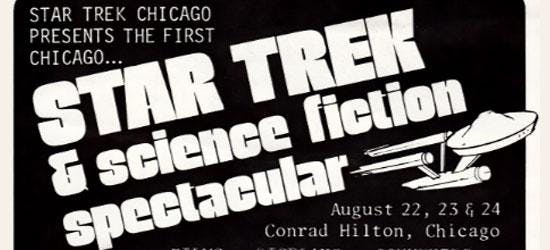
Newspaper articles provided promotion and analysis of the early days of conventions. The 1975 Chicago convention, for example, which was the first to reunite the entire main cast, received extensive coverage in local and national newspapers. All different kinds of science fiction, comic book, and specifically, Star Trek-themed conventions were covered by the press during the 1970s. Creation Entertainment conventions, the official licensee for United States Star Trek conventions, began during this era in 1971 when two New York teens named Adam Malin and Gary Berman held their first comic book convention. Newspaper articles covered their various events, which represents the entrepreneurial and creative fanership activities of the 1970s like conventions, fanzines and fan clubs.

Perhaps the most extensive coverage of fan-related activities during the 1970s was reserved for the letter writing campaign, coordinated in great part by fans John and Bjo Trimble, that convinced the Ford administration to name the first test Space Shuttle, OV-101, Enterprise. According to the articles of the era, the original name for the shuttle was to be Constitution. However, there was some concern that such a U.S.-specific name for what was hoped to be an international venture would not be the best choice (1976 was the U.S. bicentennial). Starting in January 1976, an estimated 200,000 letters were received by NASA and the White House asking for the shuttle to be named for Star Trek’s iconic starship. Many of the newspaper articles tried to understand why the administration eventually agreed.
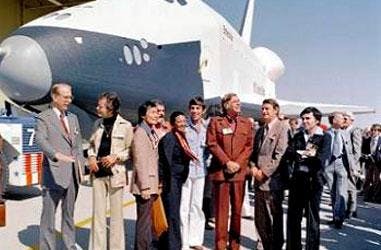
The most interesting analysis, from a sociological point of view, was from a September 16, 1976, The Lowell Sun article by Tom Kenworthy, who suggested that the Ford administration was using a “bold new political concept known as the subculture strategy.” By appealing to various, specialized subculture groups like CB radio enthusiasts (First Lady Betty Ford was one and used the handle “First Mama”) or groups like Star Trek fans, the hope was to gain votes in the upcoming elections. Whatever the reason, when the Shuttle rolled out on September 17, 1976, most of the original cast and Gene Roddenberry were present, and the Star Trek theme was played. (Of course the fact that the Vice President of the United States at that time was Nelson Rockefeller, an avowed fan who wrote a letter while he was Governor of New York in support of the show, and that President Gerald Ford had served in the military on a ship that serviced the real Enterprise in the Pacific couldn’t have hurt the cause.)
NEXT TIME: We conclude this series by looking at newspaper coverage of the return of Star Trek to theaters... with some fun surprises along the way.
Maria Jose and John Tenuto are both sociology professors at the College of Lake County in Grayslake, Illinois, specializing in popular culture and subculture studies. The Tenutos have conducted extensive research on the history of Star Trek, and have presented at venues such as Creation Conventions and the St. Louis Science Center. They have written for the official Star Trek Magazine and their extensive collection of Star Trek items has been featured in SFX Magazine. Their theory about the “20-Year Nostalgia Cycle” and research on Star Trek fans has been featured on WGN News, BBC Radio, and in the documentary The Force Among Us. They recently researched all known paperwork from the making of the classic episode "Space Seed" and are excited to be sharing some previously unreported information about Khan's first adventure with fellow fans. Contact the Tenutos at jtenuto@clcillinois.edu or mjtenuto@clcillinois.edu.

